As I announced in the last issue, this time is all about condensers.
I am not being serious because I am only talking about capacitors for guitars and basses.
When it comes to capacitors used for amplifiers and effects pedals, I'll get into my serious mode, but it's going to be too long a story.
Now, when did guitar capacitors start to attract attention as a component for repressors?
As far as I remember, it was around 2000 to 2003.
It was a time when most people had never seen or touched an orange drop, vitamin Q, and things of that sort, even though they were vaguely familiar with the names of these products.
Even with Gibson's LP Historic Collection being displayed out in music stores, it was small ceramic capacitors that were used in them.
It is a pity that the hardware parts remained the same as the current parts, even though they claimed to reproduce vintage LPs in detail at that time.
There are quite a few types of capacitors, but this time I will focus on those for guitar tones.

Ceramic capacitors, film capacitors, oil capacitors, oil paper capacitors, mica capacitors, styrofoam capacitors, and so on.
In fact, even only the film capacitors are divided into even more minute categories such as polypropylene, polyethylene, and polycarbonate, which can be difficult to memorize.
I will pinpoint the condensers that I would like to use for guitars based on my personal taste and prejudice.
First is the oil paper condenser.
SPURAGUE's old Bumble Bee (note that this is not its official name) is also an oil paper capacitor, but many of the ones available today have dried up and their capacitance and insulation resistance have deteriorated, so it is difficult to judge whether they are good or bad.
However, the oil inside the capacitor has dried up and the capacitance and insulation resistance have deteriorated, so it is difficult to judge whether it is good or bad.
However, when I hear that they were used in original LPs in the late 50's, it is human nature to want to try them even if they are a little expensive, but they are also difficult to obtain.
So, I recommend this oil paper capacitor that’s available now.

It’s called a hermetically sealed oil condenser.
It should not be used for musical instruments.
Both performance and durability are incomparable to those of ordinary general-purpose products. That is because these components were originally developed to demonstrate their performance in the military and in harsh environments.
The capacitor in the image is a capacitor manufactured by ASTRON of the USA, but it is more than 40 years old.
When I measured the capacitance, I found that it was 0.043uF, but the actual measurement was 0.0423uF. The capacitance error was an astonishing 2%.
Normally, the capacitance error of capacitors is 5% to 10%, and even up to 20% was the norm for capacitors manufactured 40 years ago.
Even so, it is surprising that the current capacitance error is only 2% for a product manufactured 40 years ago.
The secret lies in the hermetically sealed structure.
“Hermetic” means a hermetically sealed structure that completely shuts out outside air. It is a very time-consuming and costly process, and is not something you can just drop off at any parts store (there used to be stores that did this, but they are no longer in business).
Due to its hermeticity, the oil inside never dries up and the performance can be maintained for decades.

They are very reliable with outstanding durability and precise capacity errors. Although it is not seen very often these days, SPRAGUE's Vitamin Q (commonly called Vita-Q) is also of this type.
SPRAGUE's Vitamin Q (commonly known as Vita-Q) is also of this type.
Next is the film capacitor, which seems to be the most common type.
There are many types and structures of film used for dielectrics, and due to its self-healing properties, you are likely to see this type in a variety of situations.
A decade ago, 99% of domestic guitars were equipped with film capacitors (mainly mylar film).
You may have seen those cheap green ones.
No, you are not wrong, they are really cheap.
However, the durability is not so good since the outer green film can crack over time.
To prevent this, SPRAGUE's Orange Drop even has a mesh cotton wrapped around the outermost layer of film and a coating on top of it. (Not all)
About 30 years ago, an expensive capacitor called “Silky Cap” appeared in Akihabara.
The capacitor was made by removing the legs from both ends of a Siemens laminated film capacitor (unit price was less than 100 yen), attaching new legs right next to the capacitor, wrapping the entire capacitor tightly with silk thread, and then hardening it tightly with epoxy. This method was very popular among audiophiles.
The film capacitor I would like to recommend is the MKT-1813 capacitor from ERO (Roederstein, now Vishay).
It is mainly used in European instruments, and I knew 20 years ago that it was used in Hefner's violin basses.
It is a relatively easy-to-obtain capacitor nowadays, so you should give it a try.

By the way, the picture is a paper film capacitor called the KT-1800 of the same ERO.
Next is ceramic capacitors, which I have never liked to use because of the cheap image of the past.
In short, I just don't like them.
I heard that Directron condensers are popular because they were used in USA-Fender in the 70s, but I want you to know that there was a time when I disliked these condensers so much that I removed them and replaced them with different ones.

I don't know who came up with the name “Circle D,” but it is a completely coined term that is not used by parts suppliers.
SPRAGUE and Cornell Dubilier put the official name on the capacitor itself.
For example, ROYAL TIGER, BLACK CAT, YELLOW JACKET, etc.
One more thing, did you know the pre-DIRECTRON condensers used in USA-Fender?
This is surprisingly not very well known because no one confirms it; they only speculate or deem what they heard as knowledge.
Many people may be hearing about it for the first time. The answer is PACKTRON's film capacitors.

Today, they are almost impossible to obtain.
After all, there is no end in sight when it comes to capacitors, so I would like to end here.
Finally, I would like to introduce some of my favorite capacitors.
I would also like to mention their sound quality, structure, material, for your reference.

NCC (Matsuo Electric) CMP-T
This is also my most favorite capacitor.
It is large for its capacitance and withstands voltage. The reason for this is that it is a hermetically sealed paper capacitor in a ceramic tube.
In the Showa period (1926-1989), this capacitor was used in SONY telephones and the Japanese Self-Defense Force communication equipment and devices, which surpassed the world with its sound quality and performance. The sound through this capacitor is booming.
The sound through this capacitor is fat. Moreover, the treble is not crushed by the bass, and each sound is given a gloss and a clear sense of presence.
The ERO KT-1800 introduced earlier has a similar impression, but the ERO has a slightly harder bass.
However, the ERO has a slightly stiffer bass and the midrange is very fat.
It is also a very attractive condenser.

I hope this blog will make you interested in these lovable components.
There are many condensers not only in guitars but also in amps and effects pedals. That's it.
I get excited just thinking about replacing them with something that’s to my liking.
See you soon.






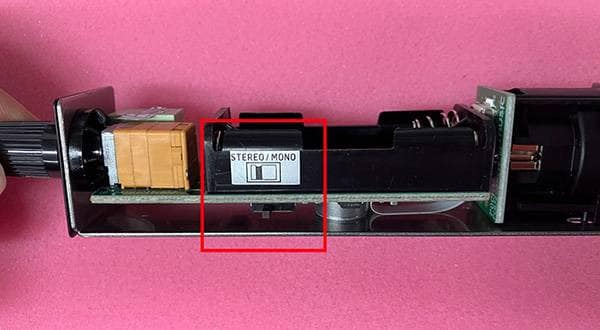
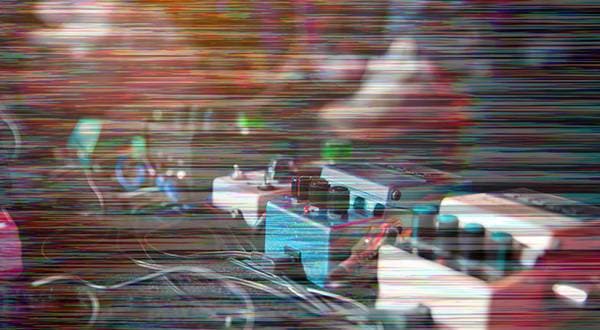
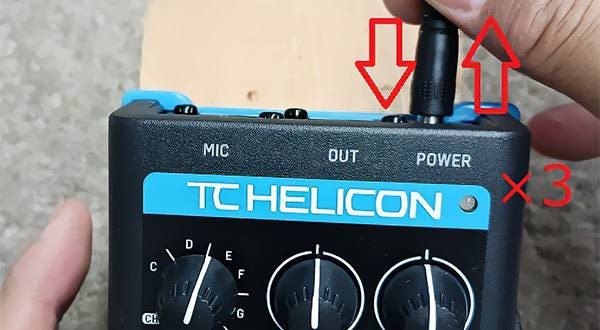
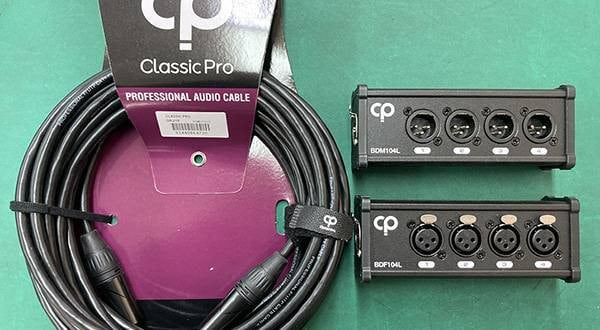
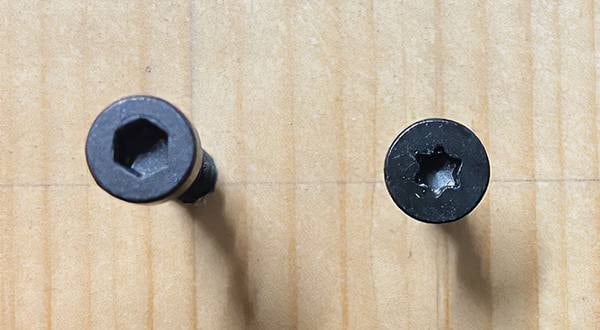
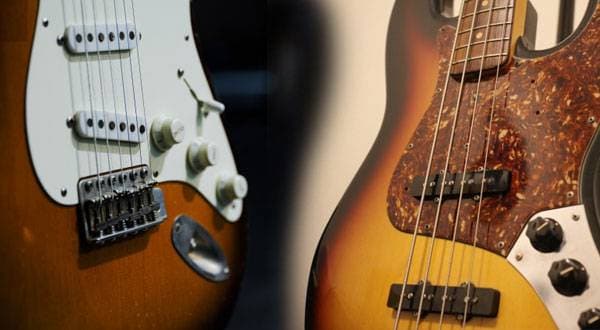
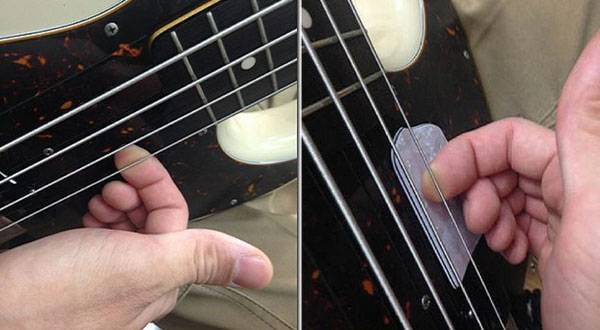



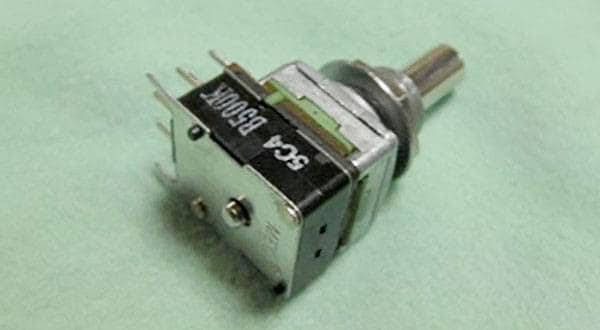
 DIY ギターメンテナンス
DIY ギターメンテナンス
 配線カスタマイズ 第1回
配線カスタマイズ 第1回
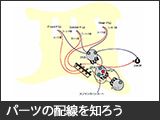 パーツの配線を知ろう
パーツの配線を知ろう
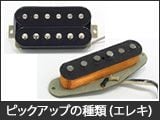 ピックアップの種類(エレキギター)
ピックアップの種類(エレキギター)
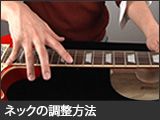 ネックの調整方法
ネックの調整方法
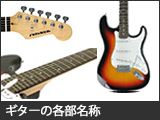 ギターの各部名称
ギターの各部名称















